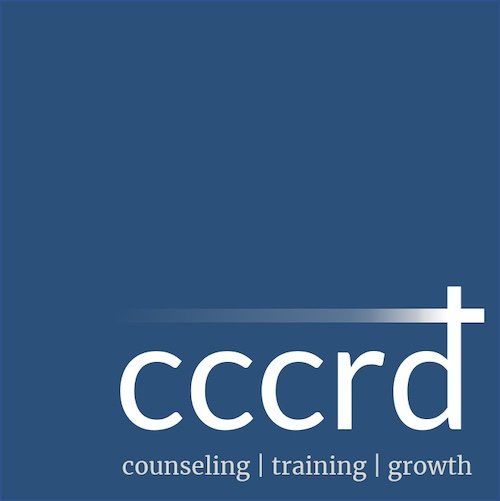Disordered Eating vs. Eating Disorder: What’s the Difference?
What if I said it was possible to have a disordered mindset toward food without an eating disorder?
In my previous blog, we looked at how we came to have our relationship with food. As we saw, this can reveal a lot about how we value and practice eating. Let’s look again at the four questions I asked there:
What role does food have in your life?
Does your relationship with food fluctuate? If so, what causes it to shift?
How did your family handle food growing up?
Is that similar or different to how you are with food now?
Discussing our relationship with food can be seen as taboo, and even holds shame for many. It just feels better to avoid that conversation. We shut it down before we even stop to really ponder how our relationship with food impacts us. Even if someone thinks they have an eating disorder, it could take years for them to fully acknowledge it to themselves (let alone other people).
Have you ever had parents or loved ones comment about your appearance or weight? Many of us have. Over time our brain takes these comments and turns them into messages and makes meaning from them. For many people, those messages lead to behaviors designed to manage their weight (such as dieting often or regularly weighing ourselves on a scale).
These actions, though not necessarily harmful, can still determine how we feel about ourselves for a day, week, season of life, etc. In this way, we can fall into disordered eating—an unhealthy mindset toward food—even if it doesn’t specifically become a full eating disorder.
For a smaller but significant percentage of people, a disordered mindset toward food leads to unhealthy and harmful behaviors designed to manage their weight. These thoughts and behaviors are then what could classify someone as having an eating disorder.
Eating disorders defined
For our discussion of eating disorders, let’s look at a couple as they are defined in the mental health community. (Accompanying symptoms come from NEDA.)
Anorexia Nervosa (AN): Restrictive behavior around food—refusal to eat even when hungry. Failure to maintain a healthy weight. Media tends to portray this as the most popular, but currently it is not.
Symptoms: dramatic weight loss, preoccupation with weight and appearance, and fear of “becoming fat.”
Bulimia Nervosa (BN): Consists of binge eating and purging episodes—eating to the point of excess, or eating an amount you’re uncomfortable with and then purging after. Purging can look like vomiting or use of laxatives.
Symptoms: Episodes of binging and purging. Going to the bathroom after every meal and locking themselves in to purge, rotting in teeth enamel, and/or calluses on the back of hands/knuckles due to self-induced vomiting.
Binge Eating Disorder (BED): Lack of control around food where one is eating to the point of excess in a short amount of time, followed by feeling guilt or shame. This is the most common eating disorder.
Symptoms: Feeling shame, guilt, or low self-esteem after eating. Hides large amounts of food (similar to BN). Plans life/schedule around binge sessions.
Warning signs of an eating disorder
Consider this—when a light comes on in your car’s dashboard it’s letting you know something is “off” with your car. It’s not saying your car is about to die, but something needs closer attention. When we neglect “the warning signs” our car is giving us, it can lead to larger issues later on. The points listed below are worth considering, listening to, and looking into, especially if you think you know someone has an eating disorder.
Here are some signs to pay attention to in relation to food:
Intense exercise in order to “work off” the food/calories just eaten
Intense restriction of food, frequent dieting, or weight fluctuation
Pulling away from friends or family and activities you usually engage in
Evidence of binging (lots of food hidden, large amounts of wrappers or containers)
Avoiding eating in front of others, lying that you’re full or have already eaten
Feelings of shame or guilt during/after eating food
We can have a complicated relationship and unhealthy habits with food and not meet the criteria for an eating disorder. Having multiple warning signs can be the start of unhealthy patterns of eating (even if it doesn’t lead to one of the three eating disorders listed) it is in the best interest of ourselves and those we care for to not ignore them. Having an eating disorder can be a life-threatening illness and should be treated by a healthcare professional.
If you suspect you or someone you care about may be exhibiting signs of an eating disorder, here are some further resources for you to consider.
Resources for more information
National Eating Disorders Association - www.nationaleatingdisorders.org
National Association of Anorexia Nervosa and Associated Disorders - anad.org
The Emily Program - www.emilyprogram.com
The Renfrew Center - renfrewcenter.com

